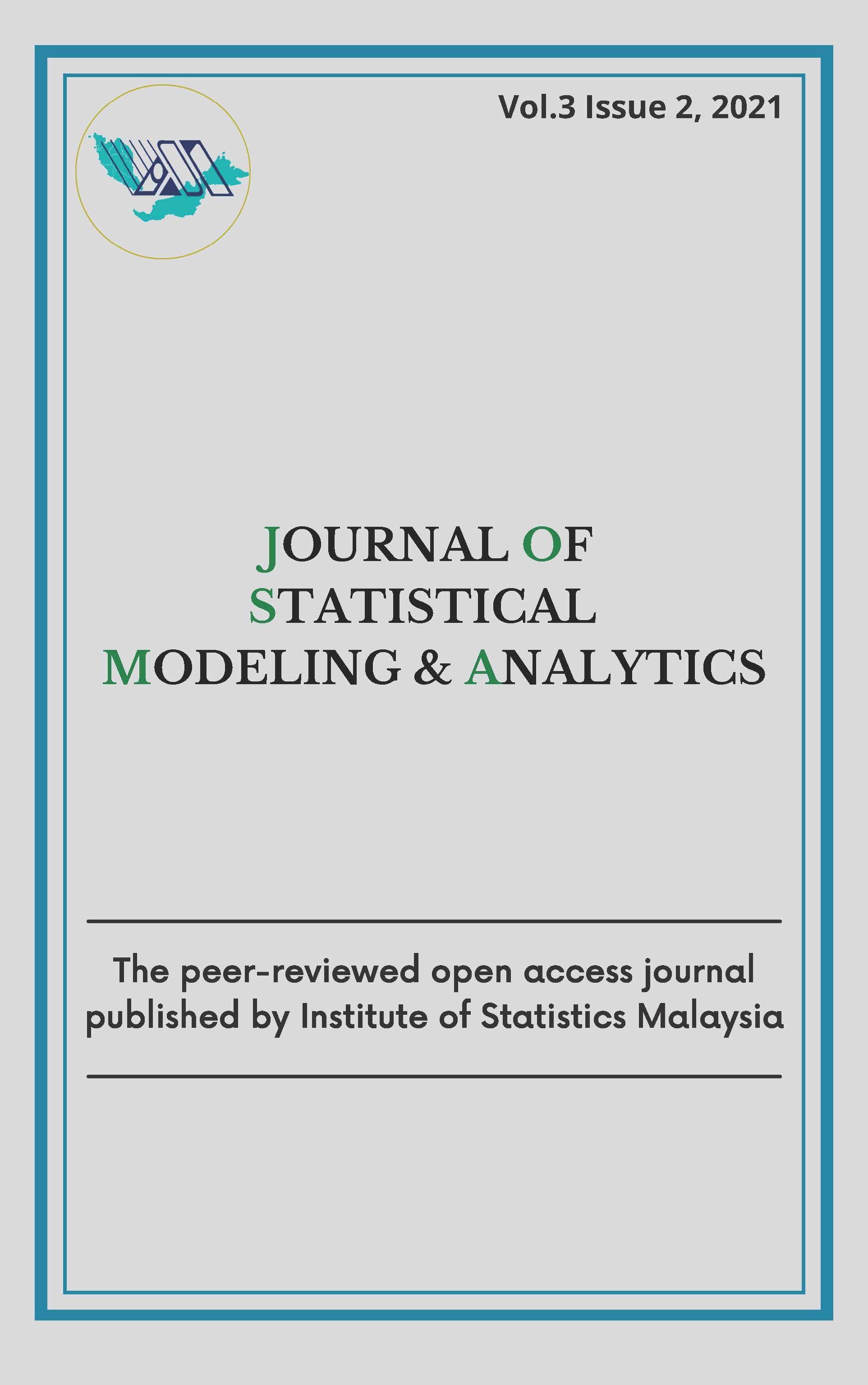Determinants of Labour Force Participation Rate in Malaysia from Gender Perspective
Main Article Content
Abstract
Labour force participation rate (LFPR) is always a concern in economic view in Malaysia. This research study on how the labour force factors will affect the LFPR according to gender perspective for every state in Malaysia from the year 2011 to 2016. Static Panel Data analysis were used in this study. By using Fixed effect model (FEM), outside labour force, non-married, secondary, and tertiary education level have inverse relationship with male LFPR, while the marital status of labour force has positive relationship with male LFPR. Next, for the effect of determinants and characteristics of labour force on female LFPR, Random effect model (REM) was used. The model shows that unemployed, widowed status, outside labour force, and marital status have an inverse relationship with female LFPR. Meanwhile, non-formal education level, tertiary education level, and age group between 40-64 have positive relationship with female LFPR. In conclusion, it is important to understand the LFPR according to gender in Malaysia because it will shape the comparative advantage and describes the situation of Malaysia’s labour market. This study provides an overview of labour force in Malaysia using an appropriate statistical modelling known as panel data approach.
